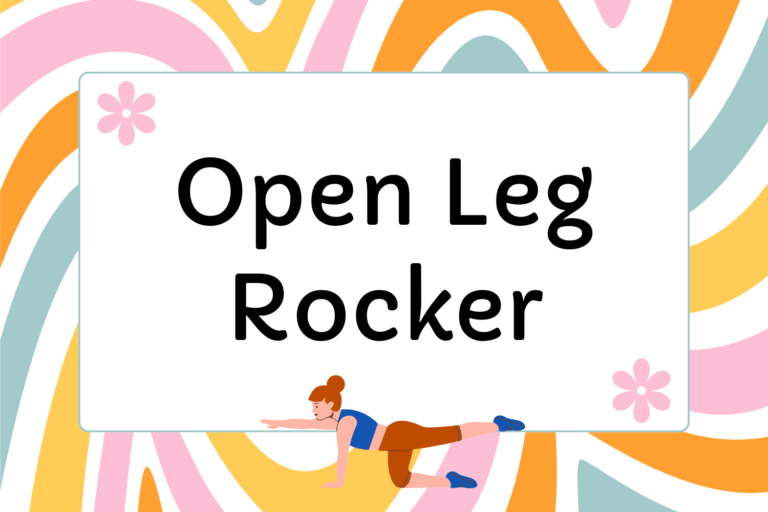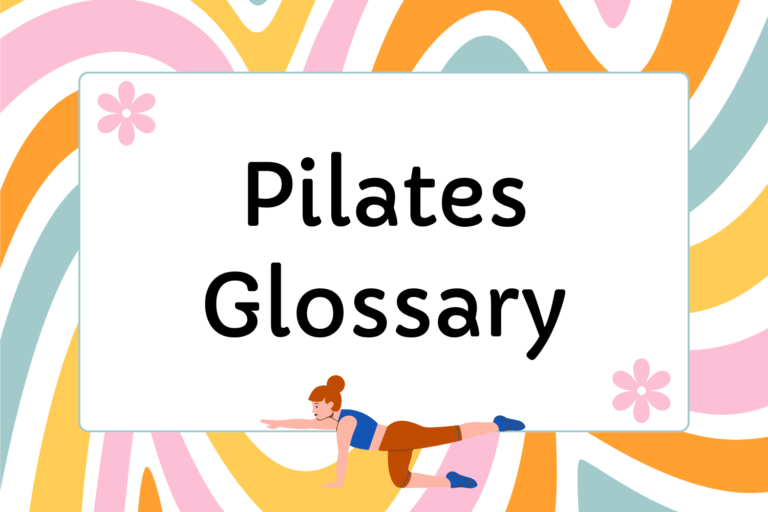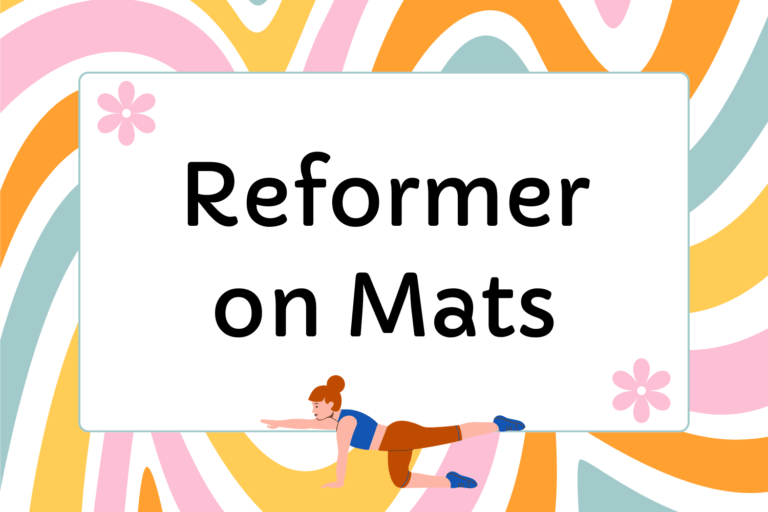When it comes to Pilates equipment, you have many options to make your practice as simple or as complex as you want. If you’re practicing at home, you might decide to stick with a few low-tech accessories: A mat, a fitness ball, and a DVD. If you have the space and the budget, you could also invest in heavy-duty equipment, such as a barrel, springboard, or even your own Reformer. Whatever you choose, be sure to shop around and make sure you’re getting the best quality for the best price that you can afford.
The Essentials
Keep in mind that Pilates studios will have machines for you to work on, so it’s not necessary to build your own home gym! Practicing Pilates at home requires only a few basic items. These essentials are easy to obtain and they’ll help you feel more comfortable during your practice.
A Pilates Mat
It’s a good idea to have your own mat, even if you’re practicing at a studio. Studios wash and dry their mats, but rather than using a mat that has been shared dozens of times, some people still prefer to bring their own. Having your own mat is also essential for home practice. Hardwood floors and some types of carpet can be too firm and uncomfortable for a good workout. Pilates mats are thicker than yoga mats, providing extra cushioning for rolling exercises and other moves done on the back. Your Pilates mat should be roughly one half-inch thick (whereas yoga mats are usually between 1/8-1/4 inches thick).
You can find Pilates mats made from a variety of materials, ranging from lightweight poly foam to eco-friendly jute and tree rubber. Since you’ll be spending most of your practice on the mat, make sure you’re okay with the way the texture feels under your hands and feet. You’ll want to make sure your spine feels adequately padded, but you’ll also want to make sure your hands and feet don’t slip or feel dirty!
Comfortable Clothing
Wear clothes that allow for a full range of motion in your arms, legs, and torso. Wearing clothes that are too baggy, however, like sweatpants and T-shirts, can actually prevent movement. Stick with fitness wear that is slim-cut but not tight or restrictive. Leggings, yoga pants, and fitness shorts work well for your lower half. Camisoles, tanks, muscle tees, and sleeveless fitness tops are perfect for the upper half. Be sure to double-check your fit in all positions, and avoid clothes that could potentially reveal too much!
A Water Bottle
While you probably won’t sweat as much in a Pilates class as you would in a kickboxing or hot yoga class, it’s still important to stay hydrated! Studios will generally have a drinking fountain or vending machine, but having your own water bottle will save you money and prevent waste. Since water bottles are readily available at any sporting goods store, it should be easy to find one that suits your budget and style.
Pilates DVDs & Books
If you’re working out at home, it’s essential to have some guidance, either from a video or a book, so you know you’re doing the moves correctly! There are dozens — even hundreds — of Pilates DVDs to choose from, many of which are available through online streaming. Always be sure to take some classes with an actual instructor before attempting to practice on your own. When you’re ready for a home practice, make sure your videos are of the appropriate level for your experience and fitness ability.
Pilates books can be very useful for learning detailed information about each move. Static photos can provide deeper insight into the correct form, as well as the anatomy and physiology affected for each position. Many books are available from the library, but you can also find parts of or full versions of books online!
Non-essential Extras
Now that you know the essentials for a home-based Pilates practice, here are some extra items you might want to have on hand to vary your exercises:
A Fitness Ball
Fitness balls — sometimes called exercise balls, stability balls, or physio balls — can be a fun addition to your Pilates practice. They help with a variety of exercises that focus on balancing, flexibility, and strength. There are many Pilates DVDs specifically designed for use with a fitness ball.
Exercise Bands & Rings
Exercise bands, also called resistance bands, are thin, stretchy bands made from rubber. These bands provide resistance during toning exercises. Exercise rings, such as Joseph Pilates’s Magic Circle, also provide variety and challenge during strengthening and toning moves. Exercise bands and rings are readily available at sporting goods stores and online.
A Foam Roller
Foam rollers are stiff cylinders made of foam. They are used for self-massage, and to warm up and activate deep muscles. They are also used for balancing and strengthening exercises in Pilates. Many Pilates classes begin with a simple warm-up using the foam roller to prepare your muscles for the workout. If you’re exercising at home, a foam roller can be a soothing addition to your practice.
Other Items
There are many other possible items that will add variety and challenge to your Pilates practice, including hand weights, weighted bars, BOSU balls, balance boards, and rotator discs. Remember that all of these extras are just that — extras! You can have a perfectly satisfying mat practice without any of these accessories. It’s up to you to pick and choose which ones will be most appropriate for your workouts.
Stress-free Shopping
If you’re new to Pilates, the options for gear and accessories might seem overwhelming, but it doesn’t need to be stressful. A desire to learn is the most important thing you need to practice. Start simple and add new items as your practice deepens. Choosing the right equipment over time will help make your workouts effective, efficient, and fun!





